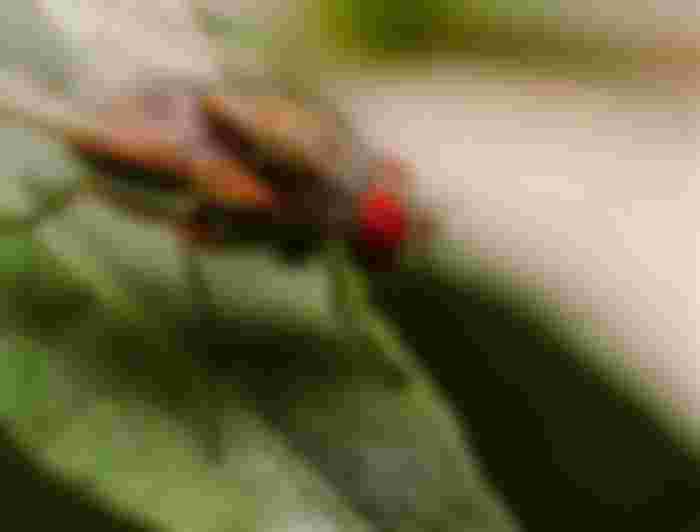II. REVIEW OF RELATED LITERATURE
Eyeglasses has known to evolve its function in the society through the years. Its ability to cure ones eye impairment is the cheapest way than eye surgery that is why it was been a trend for people with such disability. The researchers’ purpose for this study is to improve what an eyeglasses can do when inspired by nature. This eyeglasses were specifically inspired by a house fly.
We all know that a fly can be a big nuisance to anyone and their constant buzzing around can really get on everyone’s nerves. For businesses, particularly those in the food and pharmaceutical industries, they can be a huge concern due to the impact they can have on consumer health. However, flies can be quite fascinating creatures. Their breeding, feeding and even moving habits are quite different from ours and can actually be quite interesting. Flies are able to see behind and able to react accordingly at amazing speeds. To put things into perspective, our brains processes around 60 images a second whereas a fly can process around 250 in a single second this is because of their compound eye. House fly has red compound eyes. Each eye contains 4000 lenses called ommatidia that enable visualization of different pictures at the same time. These compound eyes also allows them to have an extremely 360 degree wide field of view. This is the reason why flies can easily see what’s behind them. Using this eyes, flies can also easily detect fast movements (Masters, 2009).
A compound eye is the type of eye commonly found in arthropods, including many insects and crustaceans. A compound eye has a mesh-like appearance because it consists of hundreds or thousands of tiny lens-capped optical units called ommatidia. Each ommatidium has its own cornea, lens and photoreceptor cells for distinguishing brightness and color. Individual ommatidia guide light through a lens and cone into a channel, known as the rhabdom, which contains light-sensitive cells. These are connected to optical nerve cells to produce the image. The ommatidia are separated from each other by varying degrees of pigment (Egelhaaf, 2009).
The ommatidia are packed side by side into bulges that create a wide field of views as each unit is oriented in a slightly different direction, the honeycombed eye creates a mosaic image which, although poor at picking out detail, is excellent at detecting movement. Compound eyes generally allow only a short range of vision. (Rosenberg, 2007).
Below are some key functions of eyeglasses inspired by fly:
360 field of view
Scanner
Camera and video recorder
Sensor
With the ability of a fly to have a wide field of view is second to none. Its fascinating features proves us that flies can be an inspiration for an object that would be a good use for people. Especially for those human with eye impairment, this device would probably hit the market real hard.
A fly has a compound eyes with 4000 lenses in each eye. Compound eyes are adapted to spot swiftly moving objects, whereas simple eyes are better only adapted to see nearby objects and detect changes in light intensity. With this ability apply to eyeglasses, the sensor, camera and scanner will be a kick to improve everyone’s eyesight in viewing a specific object. It can easily see the movements around the person wearing it.
Compound eyes has its function that would explain why a fly has the ability to react fast and swiftly.
Photo transduction
Spatio-temporal filtering by photoreceptors
Synaptic transmission to LMC’s in flies
Lateral inhibition
Feedbacks and network processing
Signal processing in medulla
Motion detection
Looming neurons
With these processes happening in the eye of a fly, it has the ability to do things naturally. A fly’s eyes are immobile, but because of their spherical shape and protrusion from the head they give the fly an almost 360 degrees view of the world. Applying to eyeglasses, it was made by precision molding. Since it was made of glass, they possess excellent heat resistance and the capability to be used in a wide wavelength range.
This eyeglass is a two-dimensional array of individual optical elements assembled or formed into a single optical element and used to spatially transform light from a non-uniform distribution to a uniform irradiance distribution at an illumination plane.


Soo you read a lot of study about this. Well done